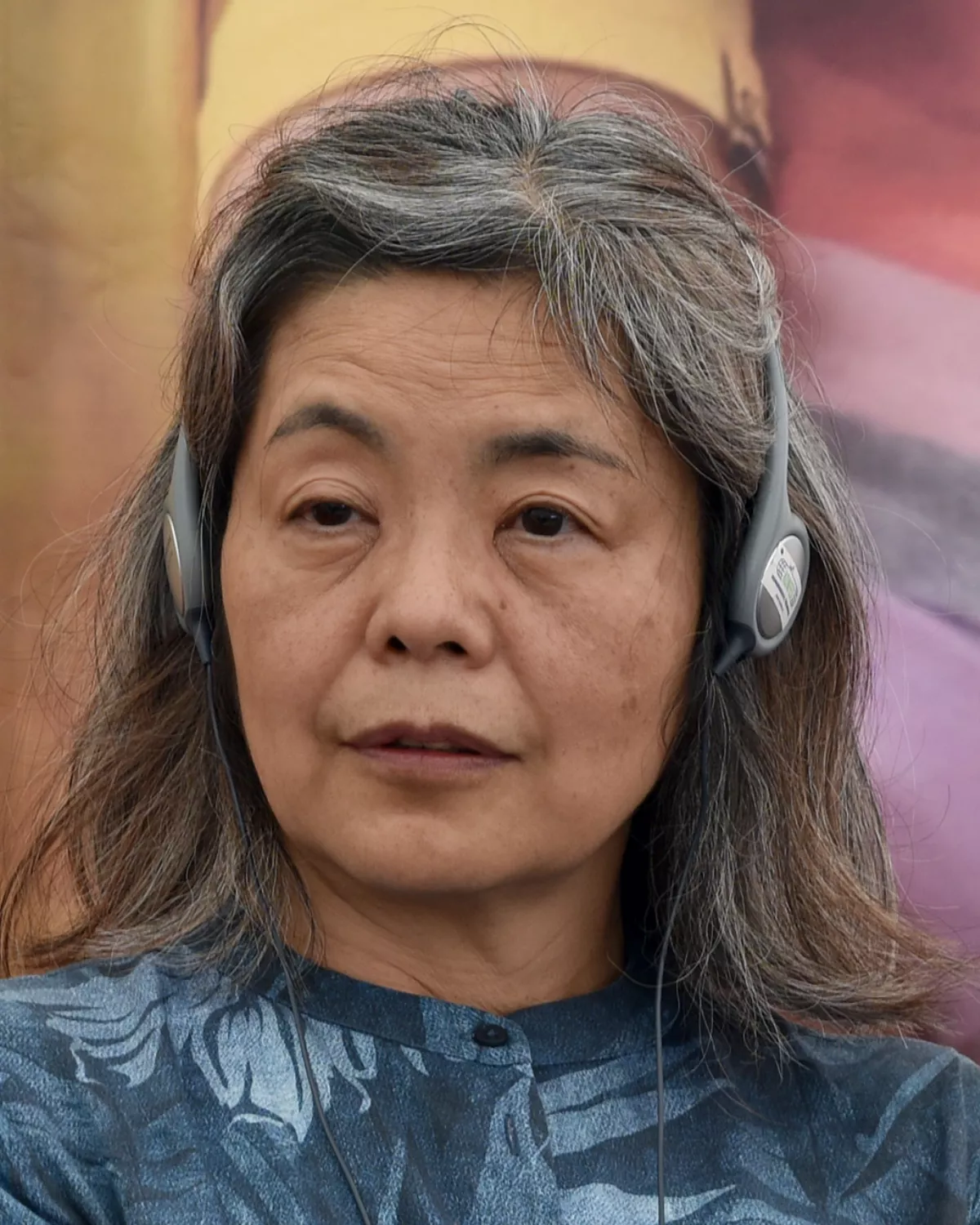 1.
1. Yoko Tawada is a Japanese writer currently living in Berlin, Germany.

 1.
1. Yoko Tawada is a Japanese writer currently living in Berlin, Germany.
Yoko Tawada is a former writer-in-residence at MIT and Stanford University.
In 1979, at the age of 19, Yoko Tawada took the Trans-Siberian Railway to visit Germany.
Yoko Tawada received her undergraduate education at Waseda University in 1982 with a major in Russian literature, and upon graduation moved to Hamburg, Germany, where she started working with one of her father's business partners in a book distribution business.
Yoko Tawada left the business to study at Hamburg University, and in 1990 she received a master's degree in contemporary German literature.
In 2006 Yoko Tawada moved to Berlin, where she currently resides.
In 1993 Yoko Tawada won the Akutagawa Prize for her novella Inu muko iri, which was published later that year with Kakato o nakushite and another story in the single volume Inu muko iri.
Arufabetto no kizuguchi appeared in book form in 1993, and Yoko Tawada received her first major recognition outside of Japan by winning the Lessing Prize Scholarship.
Yoko Tawada won the 1996 Adelbert von Chamisso Prize, a German literary award for non-native speakers of German.
Yoko Tawada won the Izumi Kyoka Prize for Literature for her 2000 book Hinagiku no ocha no baai, and both the Sei Ito Literature Prize and the Tanizaki Prize in 2003 for Yogisha no yako ressha.
Yoko Tawada took a bilingual approach to her 2004 novel Das nackte Auge, writing first in German, then in Japanese, and finally producing separate German and Japanese manuscripts.
In 2005, Yoko Tawada won the prestigious Goethe Medal from the Goethe-Institut for meritorious contributions to German culture by a non-German.
In 2011, inspired by the story of the orphaned polar bear Knut, Yoko Tawada wrote three interlocking short stories exploring the relationship between humans and animals from the perspective of three generations of captive polar bears.
Yoko Tawada won the 2013 Erlanger Prize for her work translating poetry between Japanese and German.
Yoko Tawada tends to create more neologisms when writing in German than when writing in Japanese.
Yoko Tawada's writing highlights the strangeness of one language, or particular words in one language, when seen from the perspective of someone who speaks another language.
Yoko Tawada's writing uses unexpected words, alphabets, and ideograms to call attention to the need for translation in everyday life.
Yoko Tawada has said that language is not natural but rather "artificial and magical," and has encouraged translators of her work to replace word play in her manuscripts with new word play in their own languages.
Yoko Tawada's writing draws on Tawada's own experiences of traveling between countries and cultures, but it explores more abstract boundaries, such as the boundary between waking life and dreams, between thoughts and emotions, or between the times before and after a disaster.
Yoko Tawada's work employs elements of magical realism, such as the animal and plant anthropomorphism in Memoirs of a Polar Bear, in order to challenge otherwise familiar boundaries, such as the distinction between human and animal.
Yoko Tawada has cited Paul Celan and Franz Kafka as important literary influences.